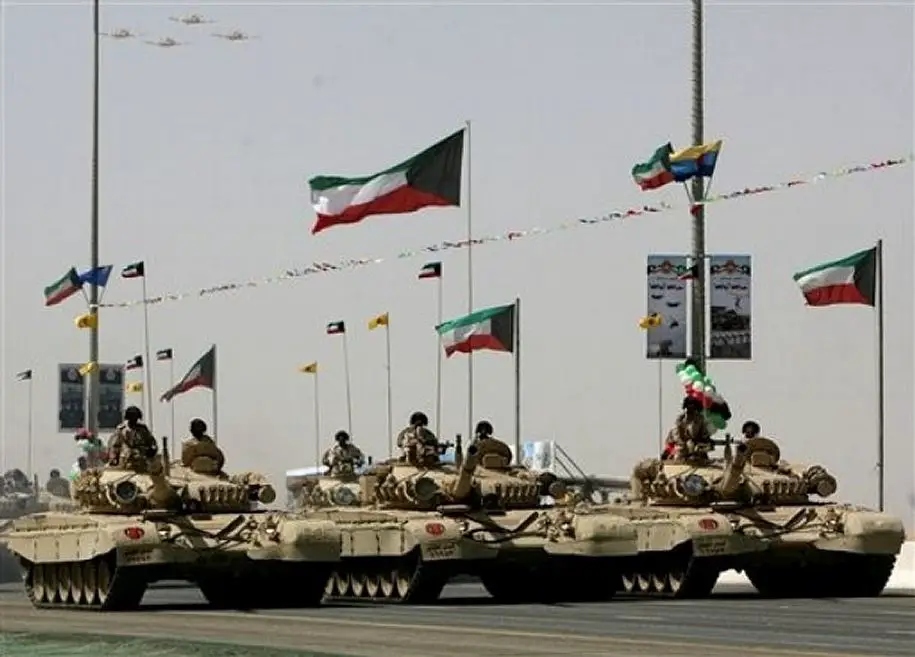 |
| illustration |
Pentagon and State Department officials threw cold water on any notions of U.S. ally the United Arab Emirates (UAE) potentially getting the Lockheed Martin F-35 this week at the Dubai Air Show, as America’s flagship fifth-generation fighter jet made its first appearance at the Middle Eastern expo.
Talk of the Gulf state’s candidacy for the joint strike fighter — the most expensive military program in history — began two years ago when it was reported that President Donald Trump was considering a longtime request by Abu Dhabi to take initial steps toward future procurement of the F-35. (read)
And at the last Dubai Air Show in 2017, U.S. Air Force Vice Chief of Staff Gen. Stephen Wilson publicly confirmed rumors that such discussions with the UAE were underway.
But speaking to reporters in Dubai on Monday, Assistant Secretary of State for Political-Military Affairs R. Clarke Cooper signaled that was no longer the case.
“No, no,” Cooper told CNBC when asked whether those talks were happening. “The question (of) are there any considerations or conversations about the F35 — the short answer is no.”
“The long answer,” he said, “is we have been working with them and continue to work with them on upgrading, expanding their F-16 capability and upgrading and expanding their F-16 posture, so that is where we are.” The UAE’s Air Force is home to a fleet of 80 F-16 Desert Falcons, a multi-role fighter aircraft.






 The Shenyang J-15 Flying Shark is a carrier-based fighter aircraft that is in development by the Shenyang Aircraft Corporation and the 601 Institute for the PLAN's future aircraft carriers. Rumors initially claimed that the aircraft was to be a semi-stealth variant
The Shenyang J-15 Flying Shark is a carrier-based fighter aircraft that is in development by the Shenyang Aircraft Corporation and the 601 Institute for the PLAN's future aircraft carriers. Rumors initially claimed that the aircraft was to be a semi-stealth variant





 At its latest meeting on Sunday, the Kuwaiti cabinet reviewed a report from the Supreme Defense Council concerning salary increases for military and security personnel, approving all the requested pay rises. The issue will shortly be discussed in parliament, where MPs are expected to approve the increases.
At its latest meeting on Sunday, the Kuwaiti cabinet reviewed a report from the Supreme Defense Council concerning salary increases for military and security personnel, approving all the requested pay rises. The issue will shortly be discussed in parliament, where MPs are expected to approve the increases. Five Arab leaders meeting in Libya recommended Monday that Arab nations to prepare a military force to take part in peacekeeping missions, according to a statement at the end of the meeting.
Five Arab leaders meeting in Libya recommended Monday that Arab nations to prepare a military force to take part in peacekeeping missions, according to a statement at the end of the meeting.




































































 130 mm canon
130 mm canon









 Facebook
Facebook Twitter
Twitter Google+
Google+ Rss Feed
Rss Feed
